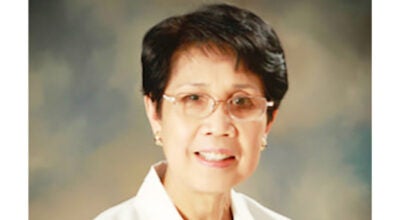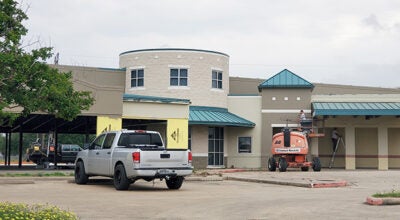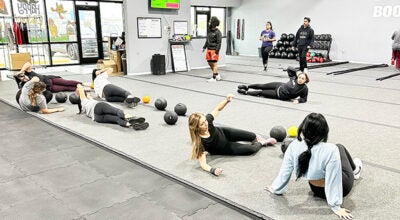50 years ago: Nederland broke ground on Windmill Museum
Published 10:40 am Monday, January 14, 2019
By Ken Stickney
NEDERLAND — M.L.C. Lucke and the Nederland Chamber of Commerce, of which he was president, had this in mind 50 years ago Friday when they stuck shovels into the earth for a groundbreaking ceremony at 1500 Boston Ave.: They would build a local museum the exact replica of a Dutch windmill.
These days, museum docent Paul Smith can tell you a thing or two about where the original Dutch lived and why they were here. Some descendants remain: Names like Rienstra and Doornbos and Van Oostrom in Nederland reflect that long Dutch heritage.
They were here because Arthur Stilwell, who brought the Kansas City Southern to Port Arthur, had at various times gotten support for the railroad from Dutch financiers through the help of his friend, John de Geoijen, a Dutch businessman who later worked for Stilwell. That Dutch support helped Stilwell build the railroad in fits and starts from Kansas City to the Texas Gulf Coast.
In return, Stilwell offered land at affordable prices in Nederland to Dutch farmers who planted rice after they moved here. Stilwell lured Dutch people here in part because they were good farmers and in part to thank The Netherlands for its support of his railroad.
“I decided that as we owed a debt of gratitude to the Dutch people for their faithful support of the Kansas City Southern, here was a chance to repay a part of it, to say nothing of the fact that the people of that country make exceptionally capable farmers,” Stilwell wrote in his autobiographical “I Had a Hunch.”
The Dutch liked the flat ground — Nederland means “lowlands” — but eventually soured on the subtropical coastal plain climate. Many of them moved on within 10 years of their arrival in 1897.
Stilwell said the Dutch prospered. There was about 36,000 acres available for farming around Nederland and it sold for about $40 an acre, Stilwell wrote. The Dutch farmers were repaid for their investments within a year, his book says. Two rice mills were erected in Port Arthur to serve the farmers.
Lucke wanted that early Dutch heritage remembered and the Windmill Museum still helps that happen. The museum was completed and opened July 18, 1969. About 3,000 tourists visit the museum every year, some of them from The Netherlands.
“It’s amazing to us how many people come here from Holland,” Smith said.
They find the little museum fascinating, Smith said, and the gift shop, which had been operated by Dick X. Rienstra during the museum’s first years, still sells items that evoke the city’s Dutch heritage.
The museum keeps limited winter hours, but is open daily during the summer months.





